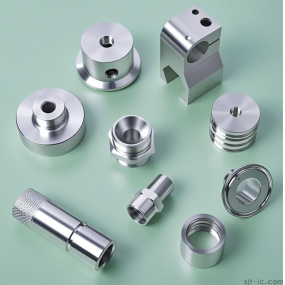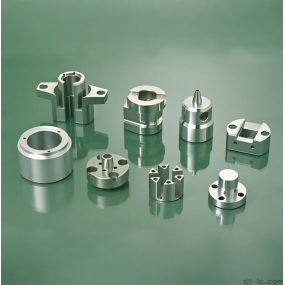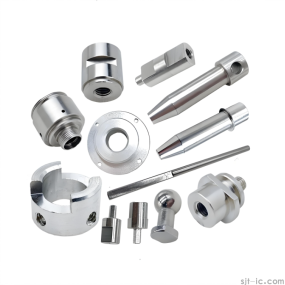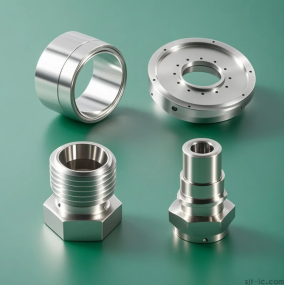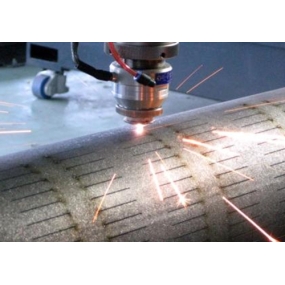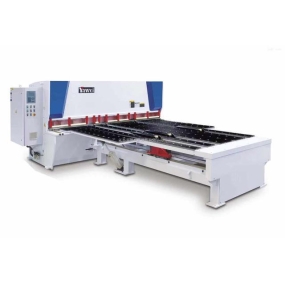With the development of technology, various industries have made great progress. The mechanical processing industry, as one of the key industries supported by the state, has a wider range of application areas. Among them, customized machining of CNC turning precision non-standard parts seems to have become a very important topic in today's era. The precise control of CNC lathes can achieve high-precision machining of parts, and non-standard customization can be carried out according to specific customer requirements. It has a wide range of applications and is an indispensable machining method for enterprise production.
1、 Principle of CNC turning machining
CNC lathes can achieve high-precision machining of workpieces by precisely controlling the axial, lateral, and longitudinal movements of the machine tool through computer programs. CNC lathe technology can process different materials with high quality according to customer needs. Its working principle is to transmit program control code from the controller to the machine, which is then controlled by servo motors. Due to horizontal and vertical movement, the surface of the workpiece is removed under the action of the CNC tool holder, and the shape and material of the workpiece have changed, fully meeting the customer's requirements.
2、 The advantages of CNC turning machining
1. High precision machining: CNC lathes can control the relative static position and motion of cutting tools and workpieces, improve machining accuracy and workpiece quality, achieve small machining accuracy, and meet the requirements of high-precision CNC Machining.
2. Mass production: CNC lathes can process parts in batches according to customer requirements, maintaining consistent machining accuracy and improving efficiency.
3. High reliability: CNC lathes are controlled by programs and do not require manual intervention from operators, completely eliminating manual operation errors while reducing worker fatigue and labor intensity.
4. Strong variability: According to customer needs, CNC lathes can perform non-standard customized processing to meet various special requirements of customers, such as special materials, specific models, and appearance requirements, and can easily achieve changes in various processing methods and workpiece forms.
5. Good safety: CNC lathes can achieve mechanical limits within the specified range, avoiding the danger of robots and basically eliminating the harm caused by operator errors.
3、 Application scope of customized CNC turning precision non-standard parts processing
CNC lathes can process components made of various materials, such as metal, plastic, and wood. It has a wide range of applications, such as:
1. Mechanical parts processing: including various mechanical parts such as shafts, sleeves, gears, blades, and spirals.
2. Electronic component processing: It can achieve various specifications of connectors, relays, mechanical frames, and various equipment casings.
3. Clock parts processing: It can produce various sizes and shapes of clock parts, clock movements, indicators, dials, etc.
4. Precision instrument processing: Provide various precision instrument parts processing such as microscopes, optical instrument parts, and instrument components.
5. Automotive manufacturing: CNC lathes can process automotive parts such as engines, brakes, and transmissions.
4、 CNC turning precision non-standard parts machining customized process
1. Design parameter evaluation: Evaluate the size, shape, material, and special requirements of components based on customer needs.
2. Formulation of processing technology: Based on the dimensions of the parts, the processing technology design is carried out. At this stage, technical personnel discuss the requirements for standard and non-standard processing.
3. Develop CNC programs: According to the requirements of the machining process design, develop programs to control the tool feed rate, inter tool feed rate, and workpiece movement speed at each coordinate.
4. Processing parts: According to the established program, control the numbers to issue instructions for subsequent processing of parts and change the surface of the workpiece.
5. Quality inspection: After the workpiece is processed, strict quality inspection should be carried out, including size, surface condition, processing quality, etc.
6. Delivery: Finally, the processed parts are labeled, packaged, and delivered according to customer needs.
In summary, the customized machining of CNC turning precision non-standard parts is introduced. This technology completely overturns the traditional manual processing mode, not only with high precision, but also with much higher production efficiency and safety than traditional processing methods. At the same time, this technology also has high customizability, allowing for non-standard customized processing and various productions according to different customer needs. In the future, customized CNC turning machining will continue to be widely popularized.


 Spanish
Spanish Arabic
Arabic French
French Portuguese
Portuguese Belarusian
Belarusian Japanese
Japanese Russian
Russian Malay
Malay Icelandic
Icelandic Bulgarian
Bulgarian Azerbaijani
Azerbaijani Estonian
Estonian Irish
Irish Polish
Polish Persian
Persian Boolean
Boolean Danish
Danish German
German Filipino
Filipino Finnish
Finnish Korean
Korean Dutch
Dutch Galician
Galician Catalan
Catalan Czech
Czech Croatian
Croatian Latin
Latin Latvian
Latvian Romanian
Romanian Maltese
Maltese Macedonian
Macedonian Norwegian
Norwegian Swedish
Swedish Serbian
Serbian Slovak
Slovak Slovenian
Slovenian Swahili
Swahili Thai
Thai Turkish
Turkish Welsh
Welsh Urdu
Urdu Ukrainian
Ukrainian Greek
Greek Hungarian
Hungarian Italian
Italian Yiddish
Yiddish Indonesian
Indonesian Vietnamese
Vietnamese Haitian Creole
Haitian Creole Spanish Basque
Spanish Basque

